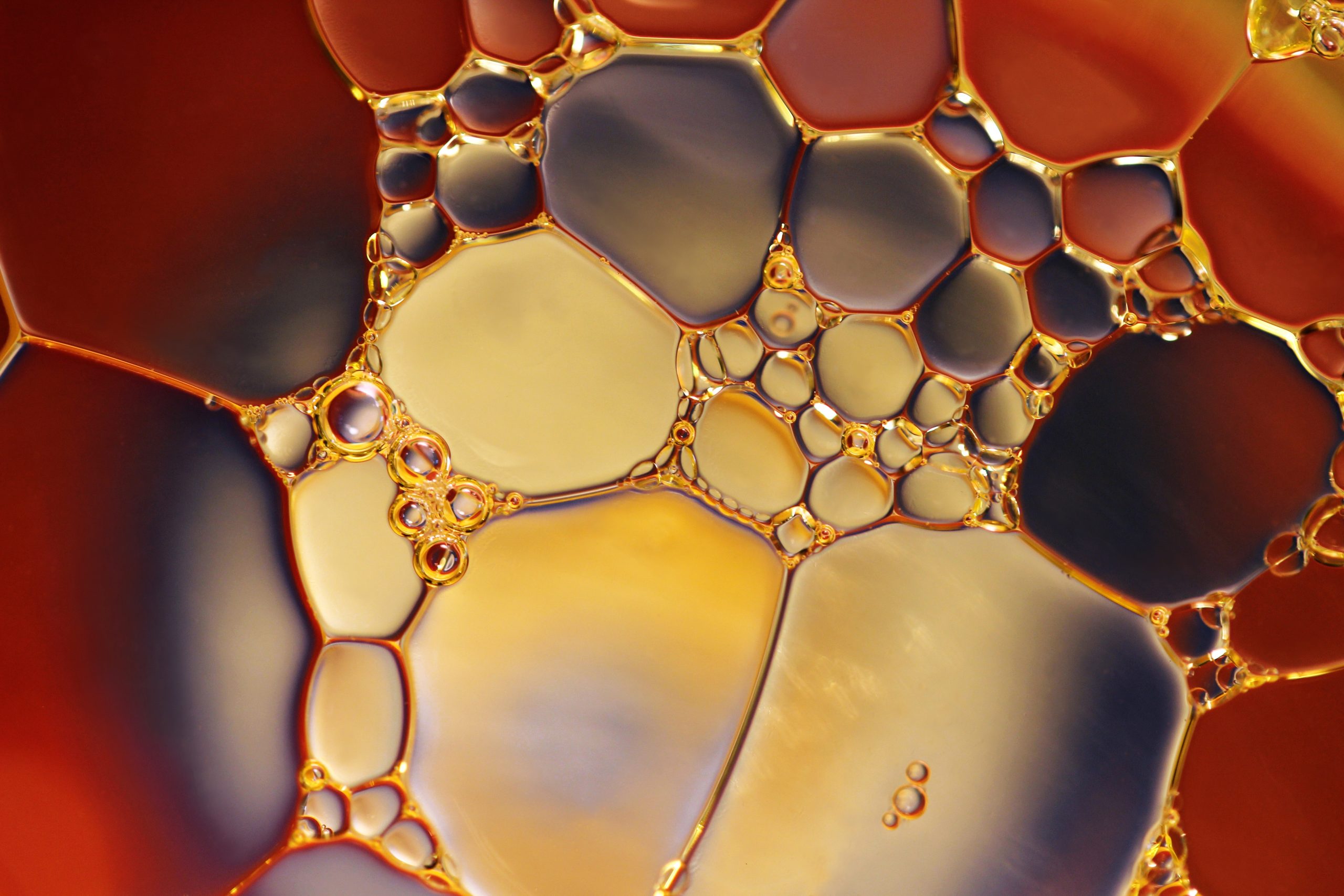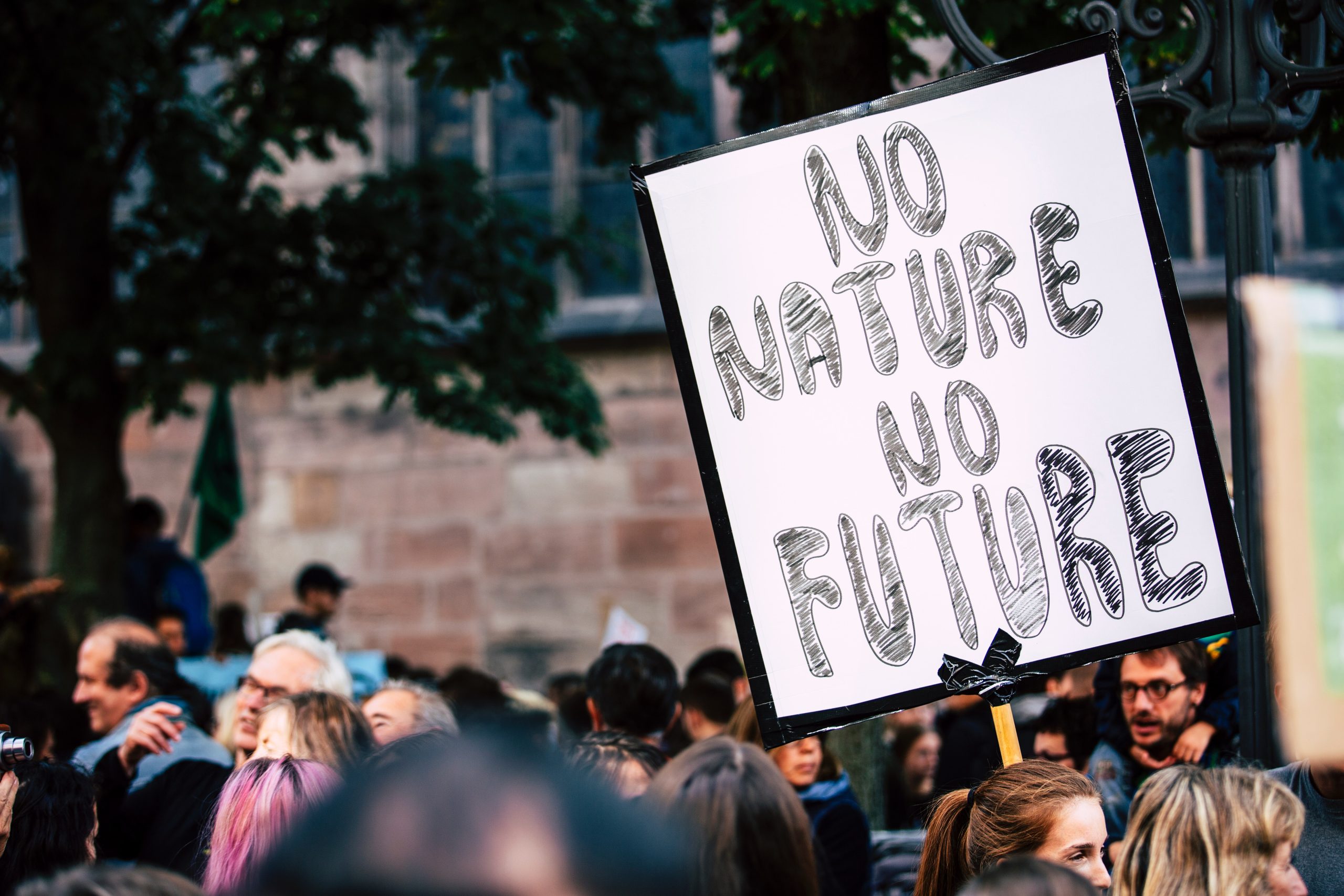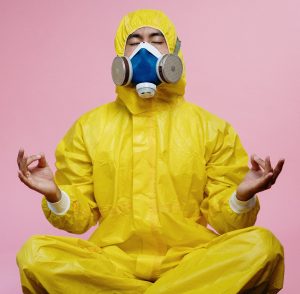
Fracking
by Brandon Casedy
The oil and gas industry in the United States has record levels of production in recent years, thanks primarily to hydraulic fracturing, commonly known as fracking. In 2018, the U.S. became the top producer of oil and natural gas in the world, ahead of Russia and Saudi Arabia. This is due to hydraulically fractured horizontal wells.
This process also extracts chemicals and they are often harmful ones. With large amounts of water and sand at high rates of pressure to create rock formations, these formations are used to fracture material surrounding oil and gas, enabling them to be extracted. Fracking is controversial because of negative effects it can have on the air and water quality of the fracked areas.
One of the main pollutants released in the fracking process is methane. Research indicates the U.S. oil and gas industry emits 13 million metric tons of methane annually, for a leak rate of 2.3% of all production. Methane is a major greenhouse gas. Its global warming potential is 84 times that of carbon dioxide in a 20-year period. In addition to fracking’s global impact, there are harmful effects to those living near extraction sites. A host of ancillary components released at well sites can lead to health problems such as irritation of the eyes, nose, mouth and throat. Local air pollution can aggravate asthma and other respiratory conditions. Regionally, fracking-related processes release nitrogen oxides and volatile organic compounds, forming smog that can deprive workers and local residents of clean air.
On a national and state level, the fracking process uses billions of gallons of water each year. On a local level, the average volume of water consumed is 1.5 million gallons per well according to the EPA. This results in a reduction of the amount of freshwater available to nearby residents, particularity in areas where water availability is low. When water is not available to fracking sites locally, it may be transported from other regions, ultimately drawing down available water from lakes and rivers across the country. Another major concern is water contamination, as there is risk chemicals used in the fracking process might leak back into local water supplies. In a 2015 report, the EPA documented 151 spills of hydraulic fracturing fluid. In thirteen of those cases the spill reached surface water supplies.
Even though fracking has the potential to provide more oil and gas resources to consumers, the process of extraction has long-lasting negative impacts on the surrounding environment. Air pollution and water contamination due to the toxic chemicals used in hydraulic fracturing are the greatest concerns within fracking sites, while the need for wastewater disposal and shrinking water supplies are also pressing issues directly related to the procedure.




